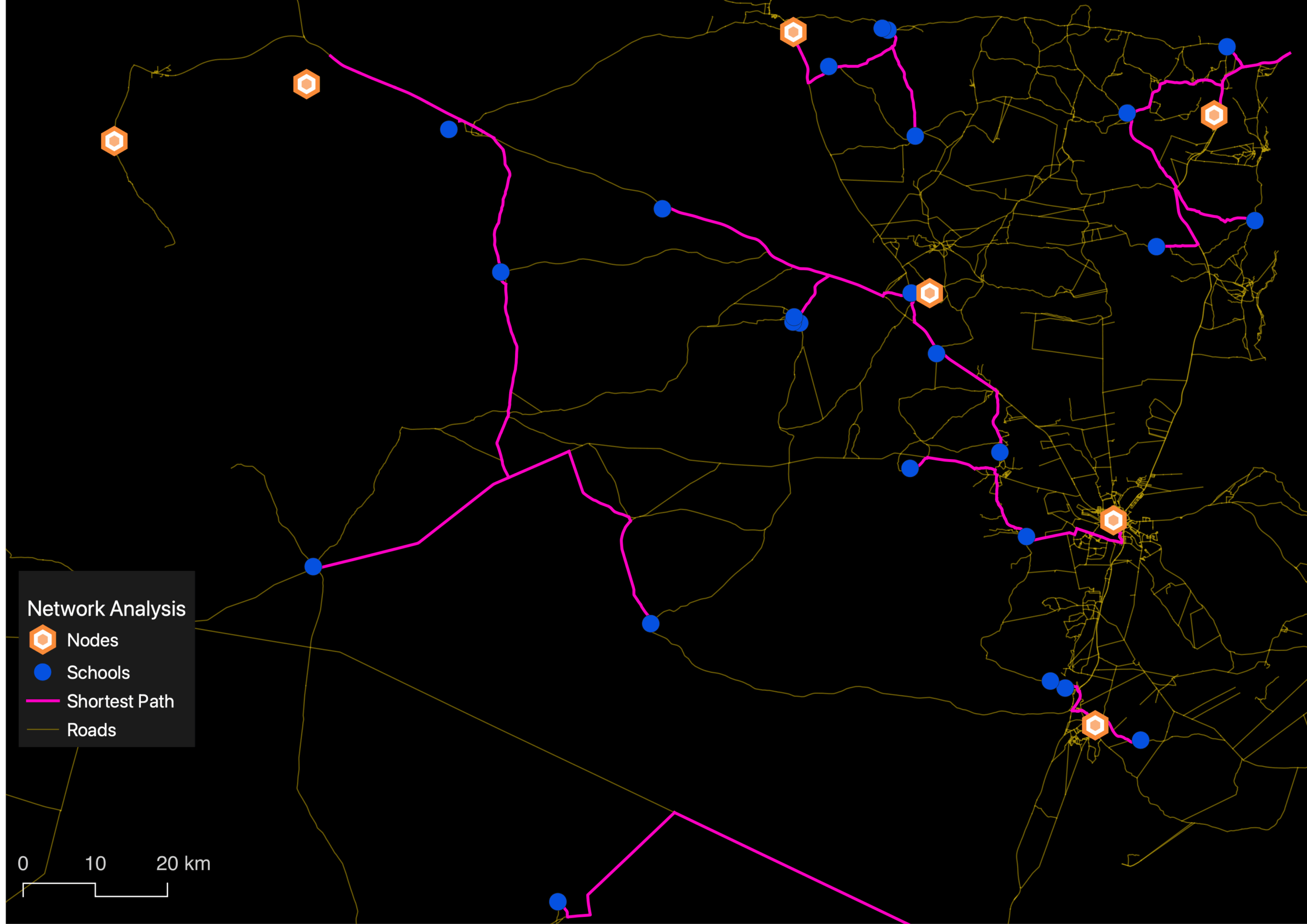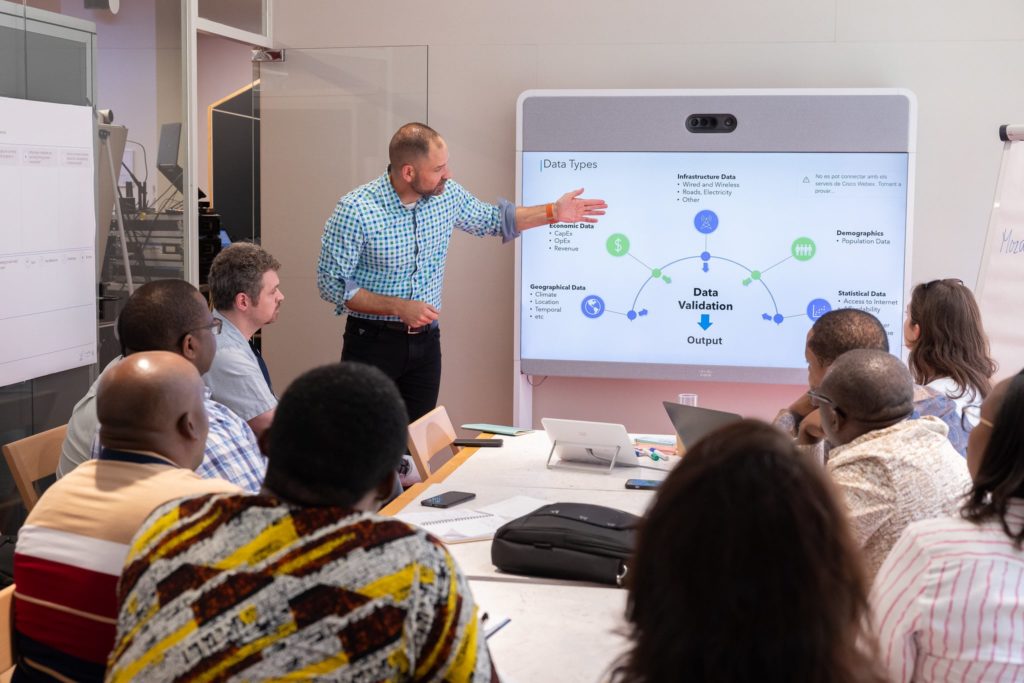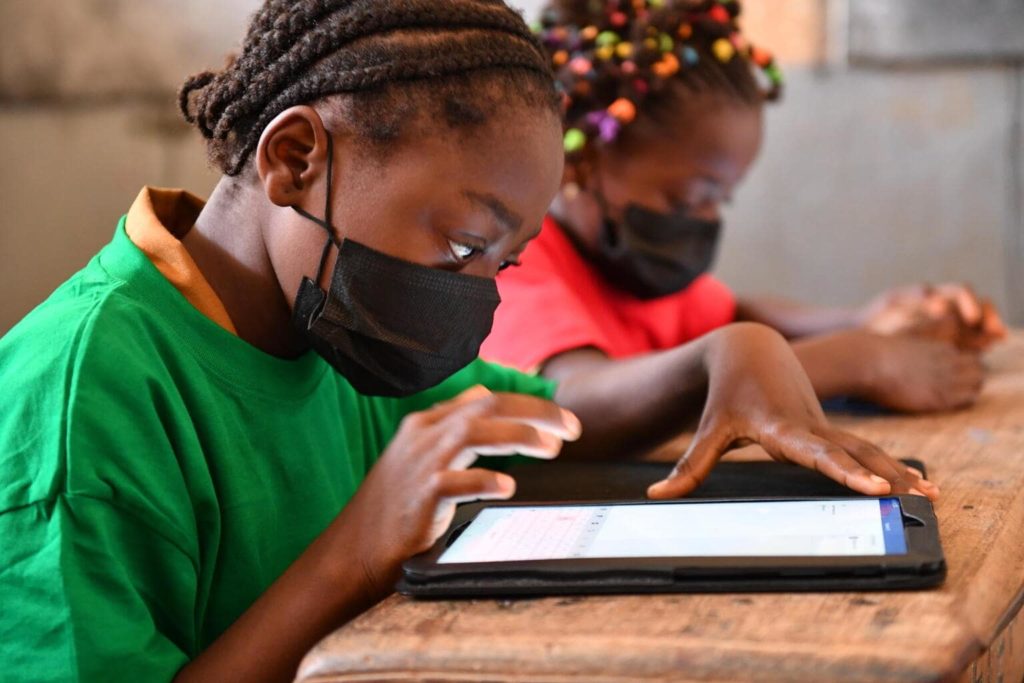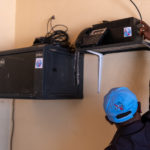
Infrastructure Mapping, Modeling and Costing
Given the limitations of many countries’ ICT infrastructure and budget to achieve universal school connectivity, it is essential to maximize available resources. That’s where ITU’s infrastructure analysis comes into play.
The process begins with data collection. Giga collects and correlates publicly available and government-owned data; geolocation school data obtained by UNICEF, and other data sources from partners when available.
Along with school locations, connectivity status and electricity supply, the data gathered includes distance to telecommunication infrastructure, such as fibre optic, microwave backhaul, cell towers, and mobile and satellite coverage. Other infrastructure data such as road networks and population density are added, since demand is a key factor in cost estimation.
Cost calculations estimate the investment required to connect schools based on selected technologies and routes. Factors include fibre length, terrain type, equipment needs and labor costs. The extraordinary challenges of last-mile connectivity and deployment are also taken into account.
ITU also evaluates the impact of a government’s policy and regulatory choices on school connectivity plans, and makes recommendations as needed to facilitate connectivity.
Finally, all these layers of country-specific information are visualized and shared through interactive infrastructure maps, providing a comprehensive picture that allows governments to assess connectivity options and costs to achieve high-quality, sustainable school connectivity.

- Accurately identifying the hardest-to-connect locations to ensure they are not left behind.
- Providing a benchmark to monitor progress on connectivity infrastructure development and expansion.
- Providing critical information for determining the implications of different policy and regulation choices on broadband access and digital infrastructure.
- Understanding the most feasible and optimal connectivity solution for each school based on its specific context.
Let’s build a connected future together

